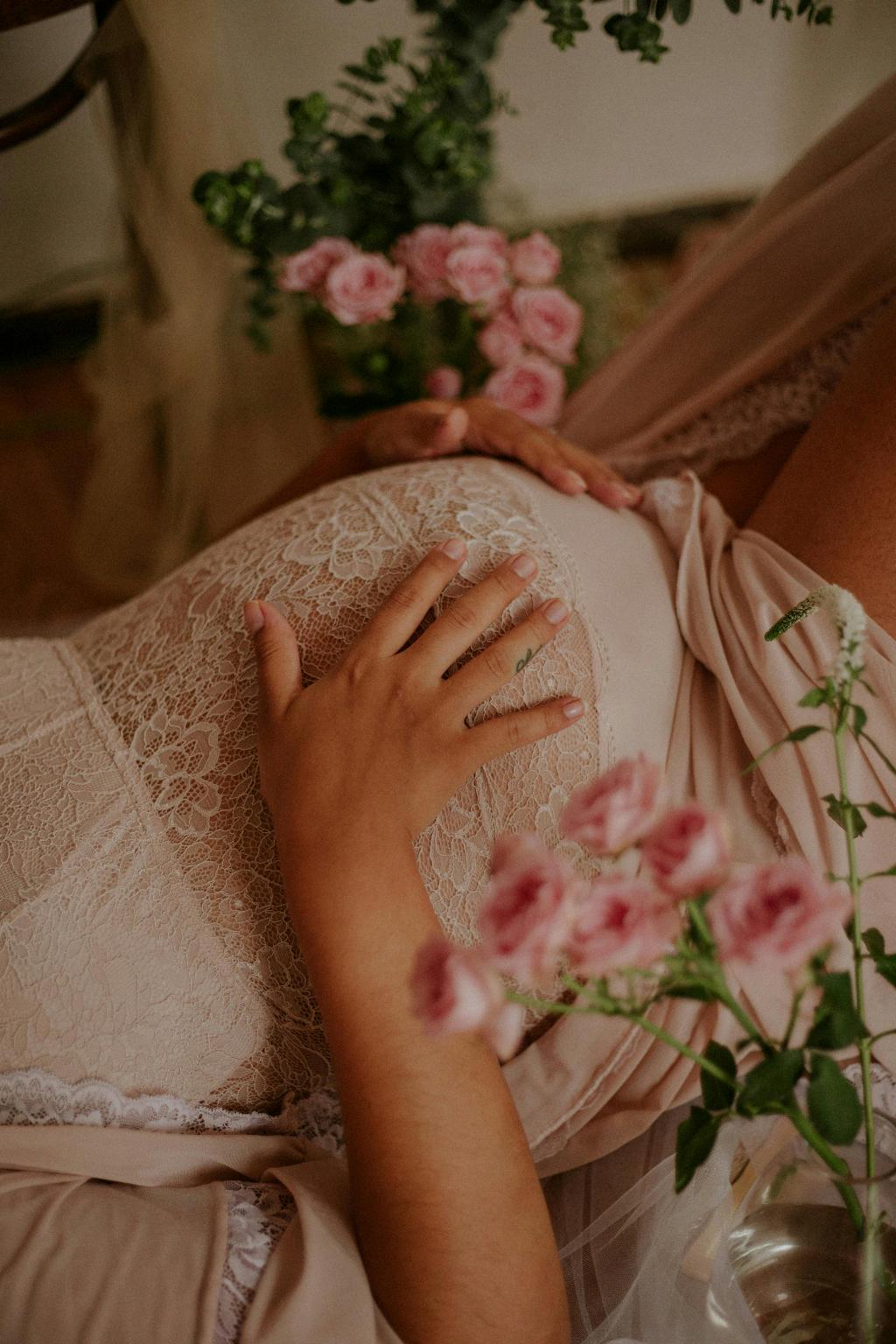Right after a C-section, it’s essential to prioritize comfort and practicality when choosing what to wear. Your body will be in recovery mode, so opting for loose, comfortable clothing is key. This will prevent any unnecessary friction or pressure on the incision site, allowing it to heal properly without discomfort.
First and foremost, consider wearing loose-fitting tops and bottoms that do not constrict the abdomen area. Flowy dresses, oversized shirts, and elastic waist pants can be great options as they provide ample room for your body to breathe and move freely. Avoid anything tight or restrictive to prevent irritation around the surgical wound.
Cotton underwear is highly recommended post-C-section due to its breathability and softness. Opt for underwear that sits comfortably on your waistline without digging into the incision area. Seamless and tag-free undergarments can also help minimize rubbing against the wound, reducing the risk of chafing and discomfort.
When dealing with any post-operative pain or soreness, it’s important to follow your healthcare provider’s recommendations. If you experience discomfort around the C-section incision, you may consider taking a painkiller to help alleviate the pain. Paracetamol or ibuprofen are commonly recommended options for managing post-surgery pain, but always consult with your doctor before taking any medication.
Keep in mind that certain medications, such as aspirin, may not be suitable for women who are breastfeeding. It’s crucial to be informed about the potential effects of any pain relief medication on both you and your baby while nursing. Prioritize your health and well-being by seeking guidance from a healthcare professional to ensure safe and effective pain management.
In addition to clothing and undergarment choices, consider the practical aspects of your wardrobe immediately after a C-section. Opt for clothing with easy closures, such as front-buttoned tops or loose-fitting bottoms with adjustable waistbands. This will make it easier for you to dress and undress without straining your incision site.
Feel free to personalize your post-C-section attire based on your comfort preferences and individual needs. Whether you prefer cozy loungewear, soft fabrics, or layered clothing for warmth, listen to your body and choose pieces that make you feel relaxed and at ease during the recovery period.
Investing in a supportive postpartum belly wrap or abdominal binder can also be beneficial in providing gentle compression and support to the abdomen after a C-section. These garments can help reduce swelling, promote healing, and offer additional comfort as your body adjusts to the changes post-surgery.
As you transition into the post-C-section recovery phase, prioritize self-care and listen to your body’s signals. Allow yourself to rest, hydrate well, and focus on your recovery journey. Dressing in comfortable, breathable clothing that supports your healing process will contribute to a smoother and more comfortable recovery experience overall.
Remember that every woman’s recovery journey after a C-section is unique, and it’s important to tailor your clothing choices to meet your specific needs and preferences. Embrace a mindset of self-compassion and patience as you navigate this phase, and seek support from loved ones and healthcare providers as needed.
In conclusion, the key to what you should wear straight after a C-section revolves around comfort, practicality, and gentle support for your healing body. Prioritize loose, comfortable clothing, cotton underwear, and pain management as necessary to promote a smooth and comfortable recovery process. Listen to your body’s signals, personalize your wardrobe choices, and prioritize self-care as you embark on your post-C-section healing journey.

